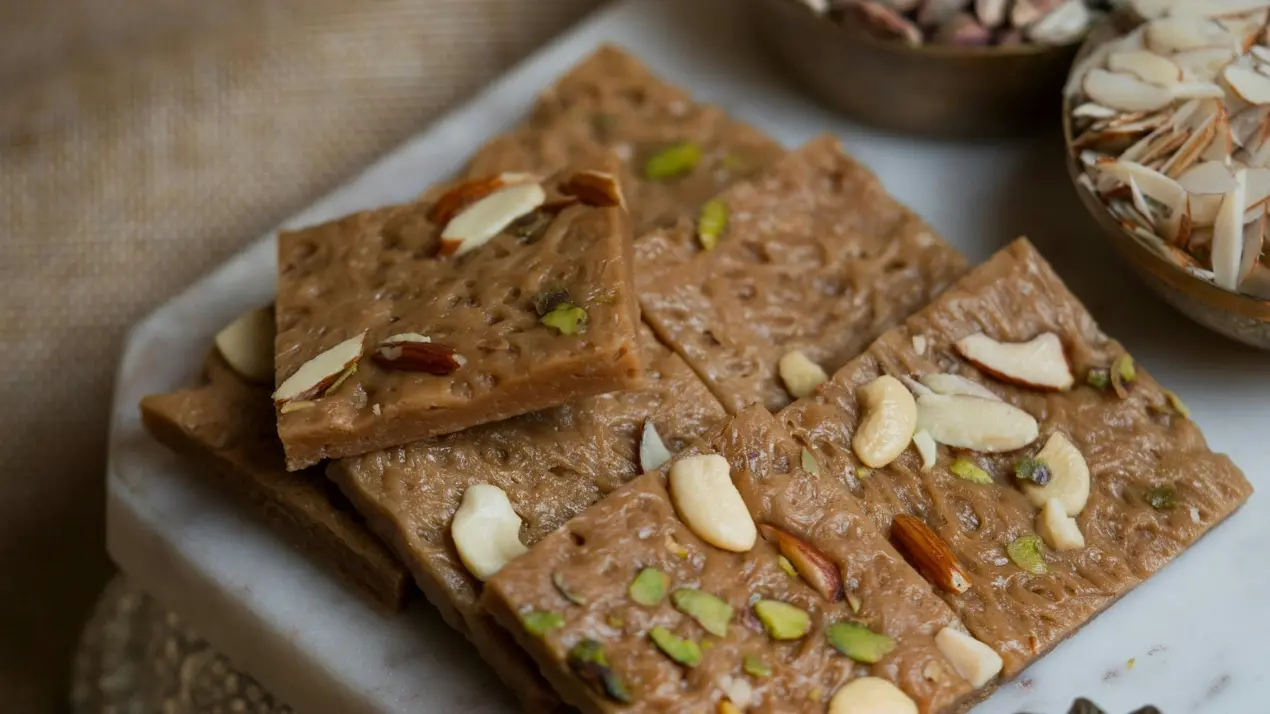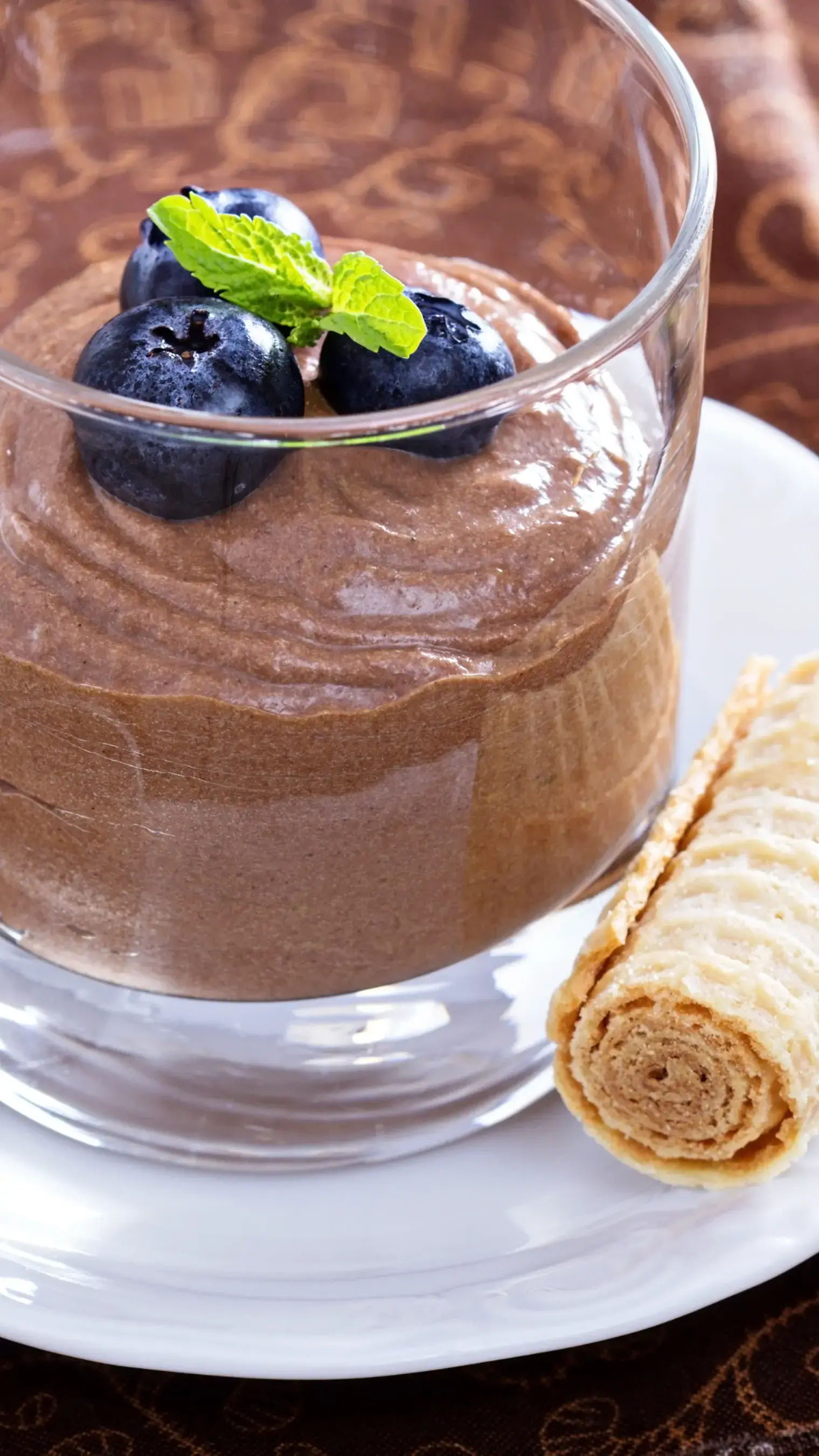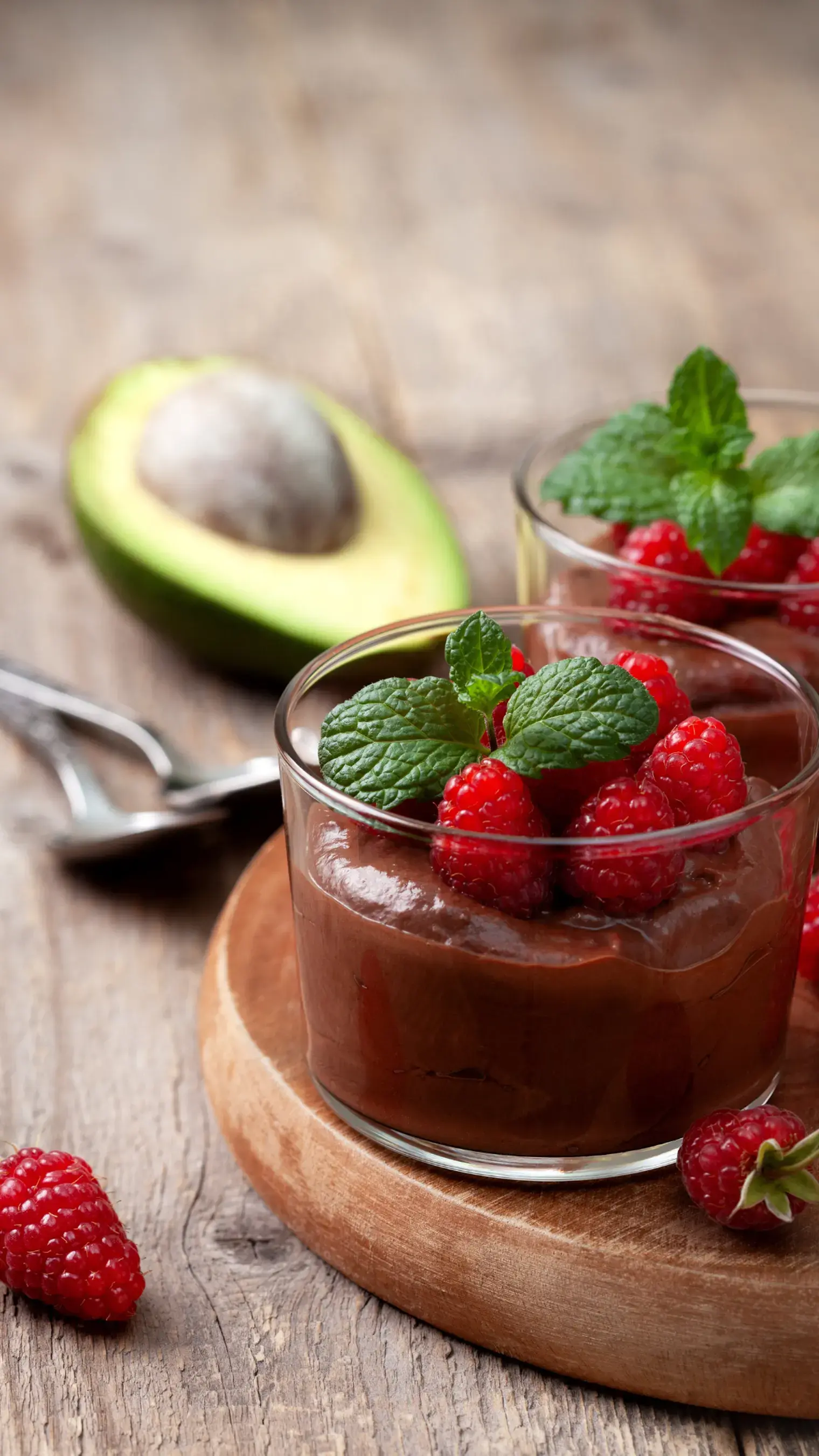- Home
- Articles
- Celebrate the Mediterranean Tradition of Baklava, on National Baklava Day, with an Intricately Layered Pastry Fit for Royalty
With more and more Middle Eastern joints mushrooming in many Indian cities that boast an authentic Middle Eastern feast, baklava has secured its place as a staple on their menus. So what better day than the 17th of November to celebrate this nutty dessert?

With more and more Middle Eastern joints mushrooming in many Indian cities that boast an authentic Middle Eastern feast, baklava has secured its place as a staple on their menus. So what better day than the 17th of November to celebrate this nutty dessert?
Baklava is a sweet pastry treat with its home in the Middle East and Mediterranean belts. With its many buttery and crisp layers encasing a rich nut filling, baklava has been delighting people for centuries, and comes across as a slice of royalty. No surprises there, since it has an intrinsic link to the Ottoman Empire from medieval times.
At its heart, baklava is a work of art with its sophisticated and layered structure artistically arranged with a nutty, buttery filling that is crafted with great skill. Its construction requires patience and a gentle hand to craft the ultra-thin phyllo layers. Carefully blending nuts, spices, and honey completes the sweet filling. Once baked, each bite of baklava melts in your mouth and will transport you straight to foodgasmic nirvana. What better day than today, the Baklava Day, to dive into this regal sweet dish?
History of Baklava

Baklava originated in the Middle East many centuries ago. Some trace its origins to the Ottoman Empire in present-day Turkey during the 13th century. From there, it spread throughout the Mediterranean and Balkan regions as the empire expanded.
Baklava gained widespread popularity for several reasons. Its layered pastry was well-suited for long-distance travel as it has a long shelf life before spoiling. This allowed it to be easily traded along ancient trade routes.
The sweet treat also became popular among the ruling elites and was associated with luxury and sophistication. Its intricate construction and delicate flavors were a sign of culinary craftsmanship. Over time, baklava became a staple dessert in many Middle Eastern cuisines. It remains an integral part of cultural celebrations and traditions throughout the region today.
Quintessential Ingredients of the Baklava

- Phyllo/Filo Dough: Its ultra-thin, flaky layers give baklava its unique texture. The dough requires skill to work with, but results in crisp, buttery layers.
- Nuts: Traditionally made with finely ground walnuts or pistachios, they provide richness and substance to the filling.
- Honey: Drizzled over the hot baklava, its floral sweetness balances and brings together all the flavors into a harmonious whole.
- Cinnamon: Its warm, spicy yet sweet aromatic notes complement the nuts and enhance the honey’s flavor.
- Butter: Brushed between layers, it creates a buttery essence and helps the pastry crisp up into a beautiful golden brown.
The careful balance of these key ingredients is what makes baklava a treasured sweet in Middle Eastern cuisines. Each component plays an important role in its texture and complex flavor that fans its popularity.
Basic Tools Required for Making Baklava
Having the proper tools makes assembling the baklava much easier.
- Baking Sheet: Look for one with a rim to contain the baklava and catch drips. Line it with parchment paper.
- Pastry Brush: Essential for evenly brushing butter between each phyllo layer. Natural bristles work best.
- A Sharp Knife: A long serrated knife cuts cleanly through many phyllo layers at once for scoring.
- Mixing Bowl: For combining the nut filling ingredients. Stainless steel is durable.
- Rolling Pin - Helpful for even distribution of phyllo dough if it's not pre-cut into sheets.
- Wax or Baking Paper - Keeps phyllo from drying out as you work. Re-cover unused portions.
Simplified Baklava Recipe

Baklava needs a certain skill level to get it right, so, we recommend going only some of the way and purchasing the special dough instead of making it from scratch. Purchase phyllo or filo dough from any specialty store or e-commerce site to make the whole process easier.
Ingredients:
- 250 gm phyllo dough
- 125 gm butter
- 150 gm nuts
- 5 gm cinnamon
- 125 ml honey
Instructions:
- Preheat the oven to 180°C. Line a baking sheet with parchment paper to catch any drips and allow for easy removal later.
- Lay 1 sheet of phyllo on the parchment and brush with melted butter. Work gently to prevent tearing. Repeat until 5 layers are stacked, keeping the remaining phyllo covered with plastic to maintain the moistness.
- In a small bowl, mix the nuts and cinnamon together. Sprinkle evenly over the stacked phyllo layers.
- Add 5 more buttered phyllo layers on top, brushing each layer gently to seal in the filling.
- Use a sharp knife to cut the baklava into squares through all the layers.
- Bake for 30 minutes, checking periodically, until golden brown but not too dark.
- Allow it to cool, then drizzle honey evenly over the top.
- Use the parchment to lift baklava from the pan in one piece. Cut along the score lines and serve.
Like This Article?
More Like This




Popular Articles




Trending Web Stories
Curated Recipes



















